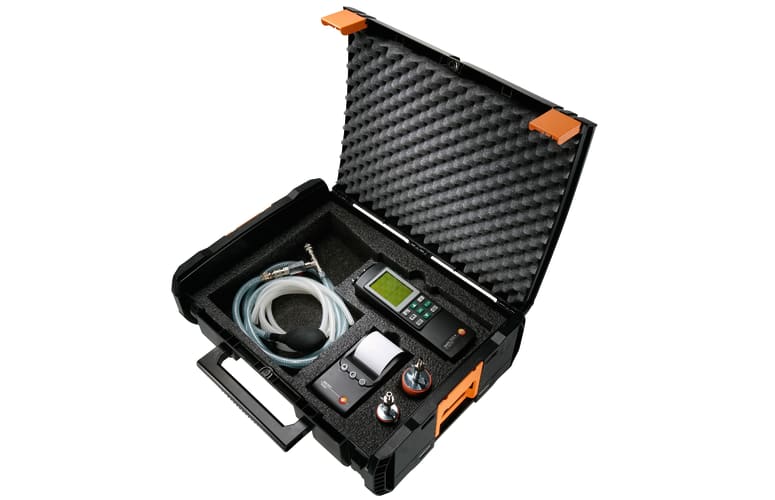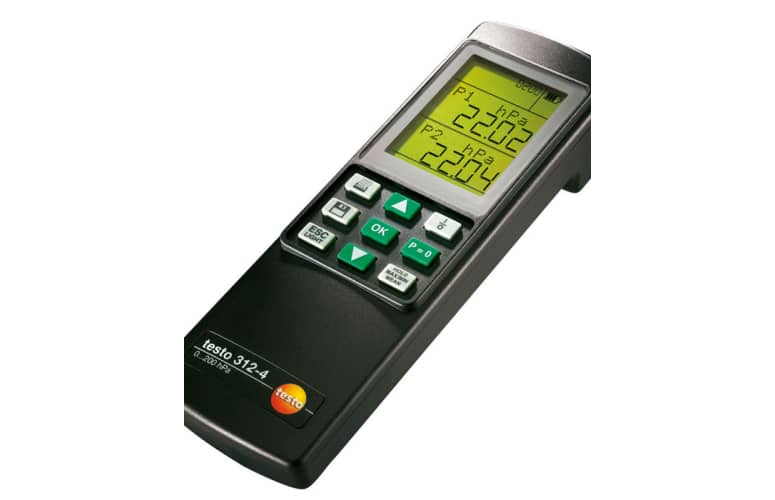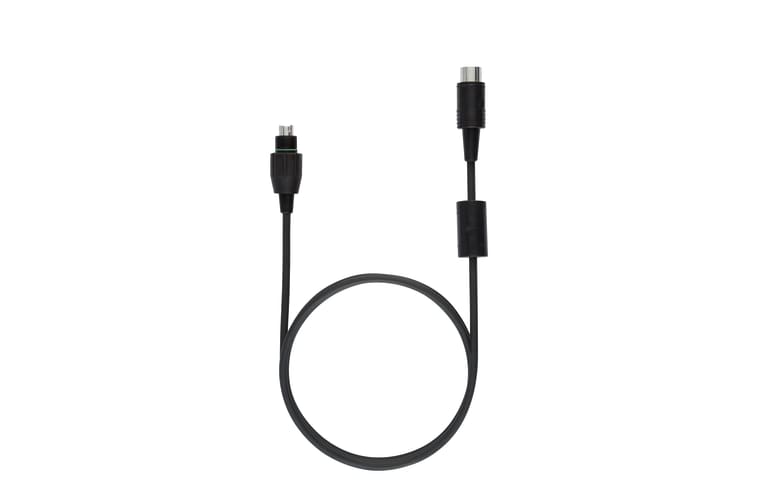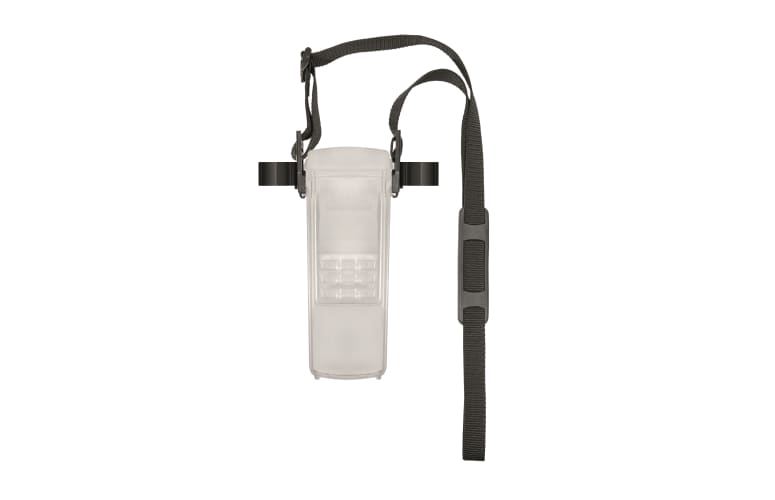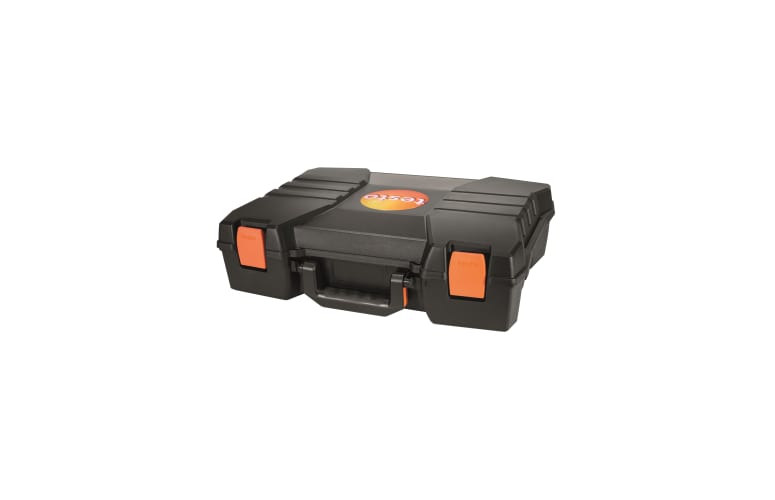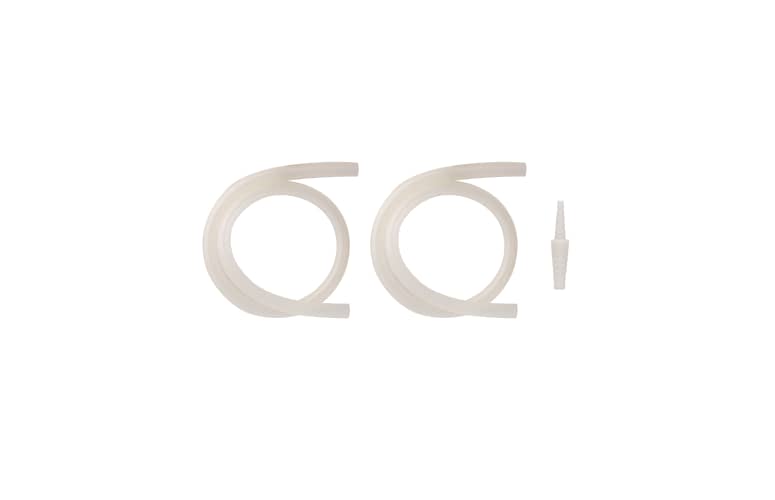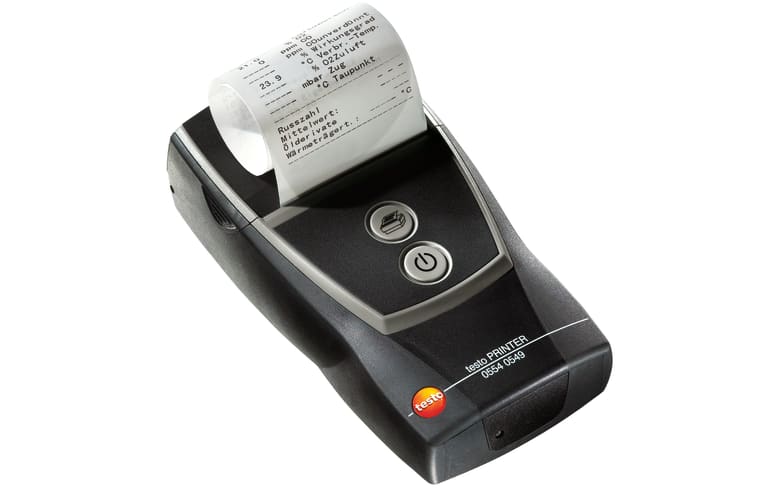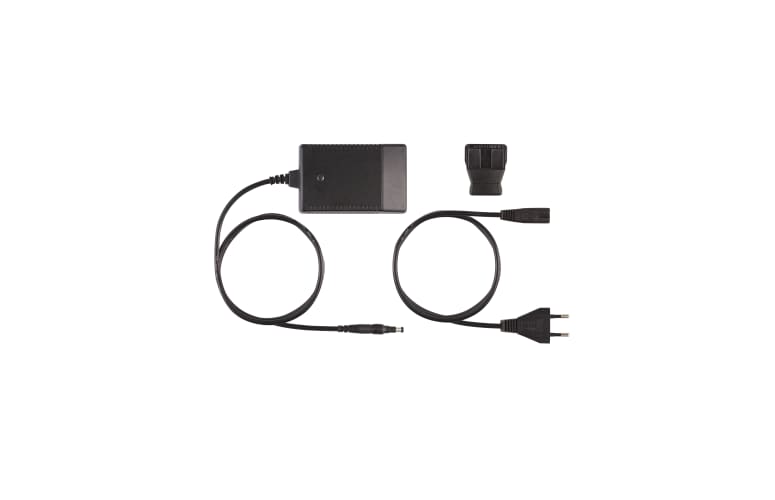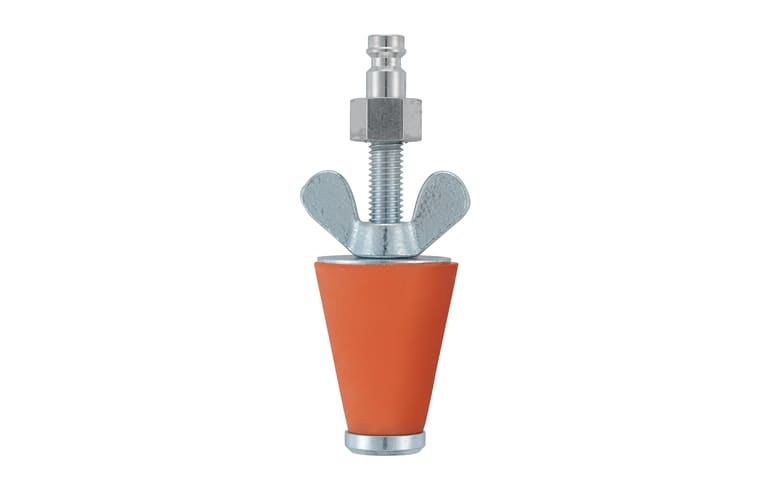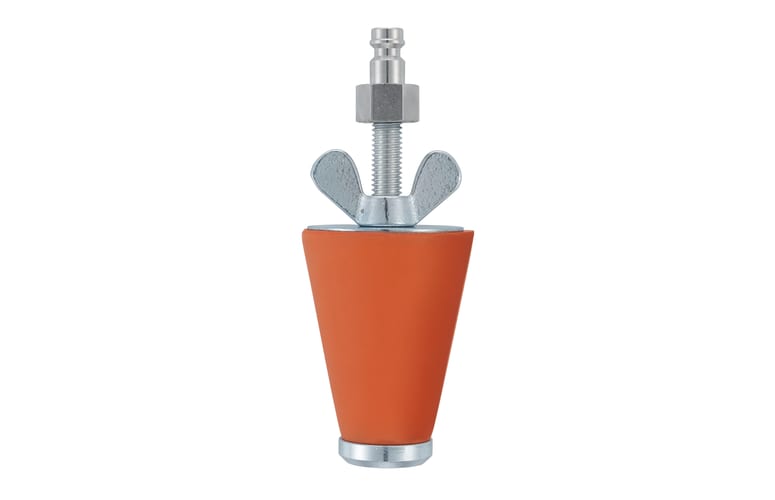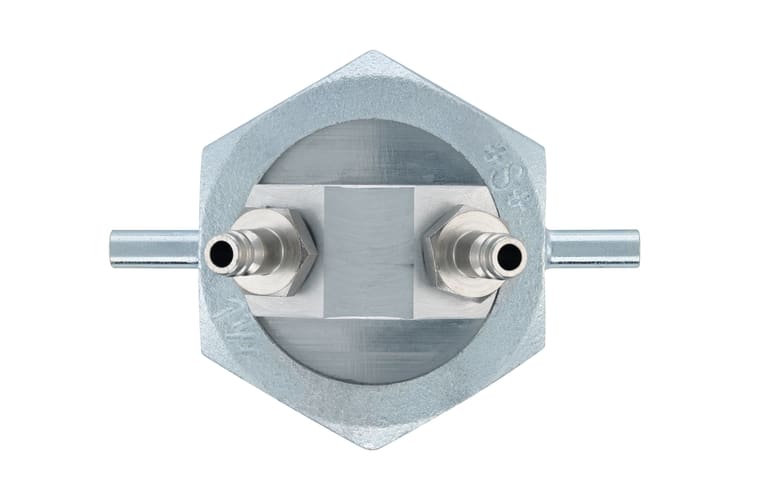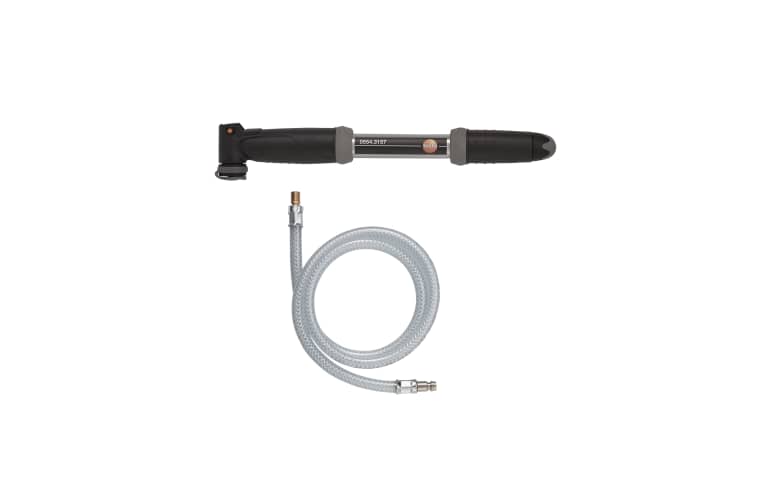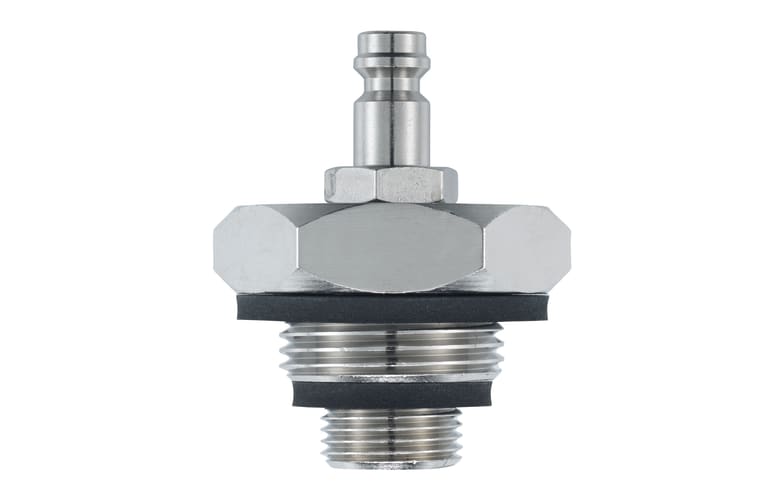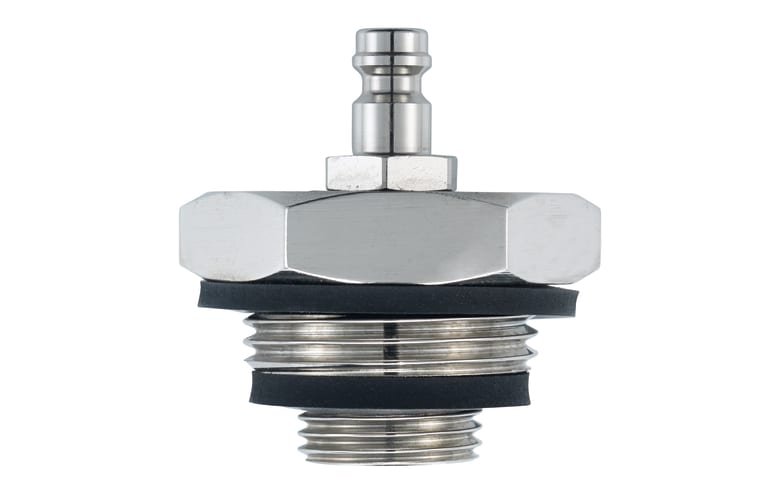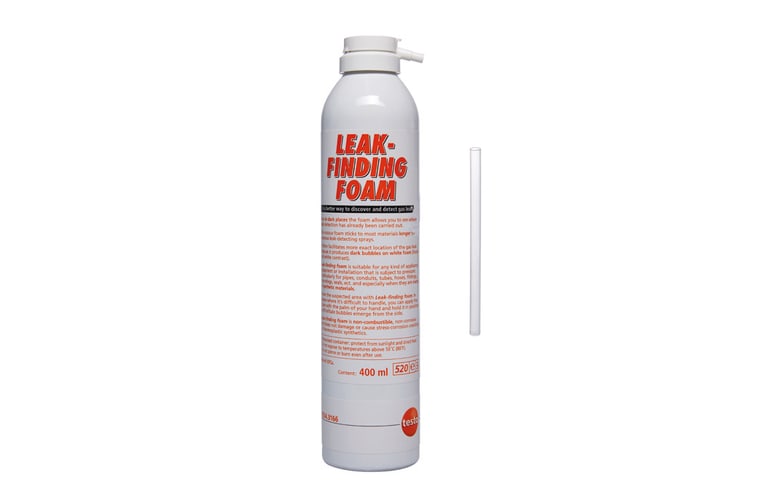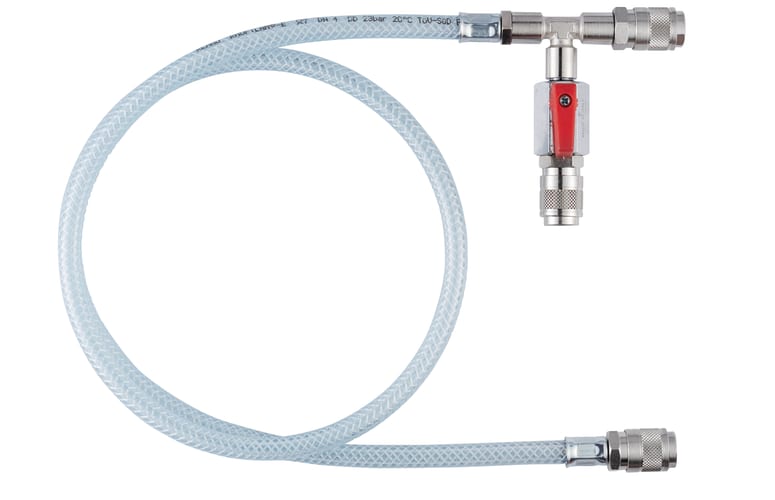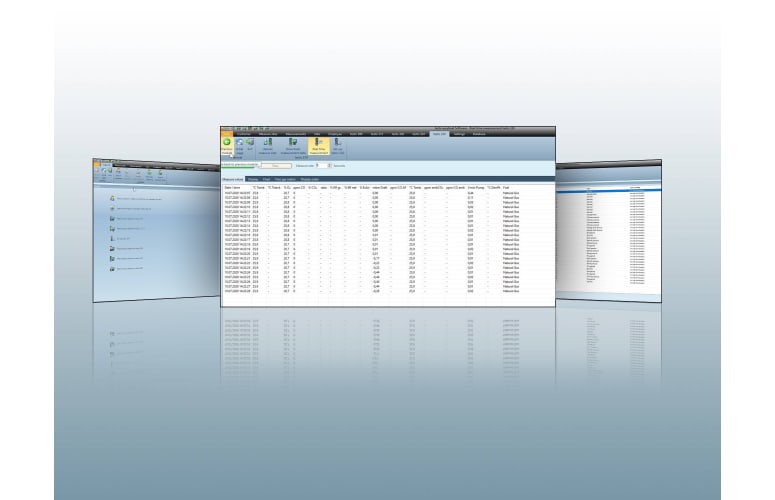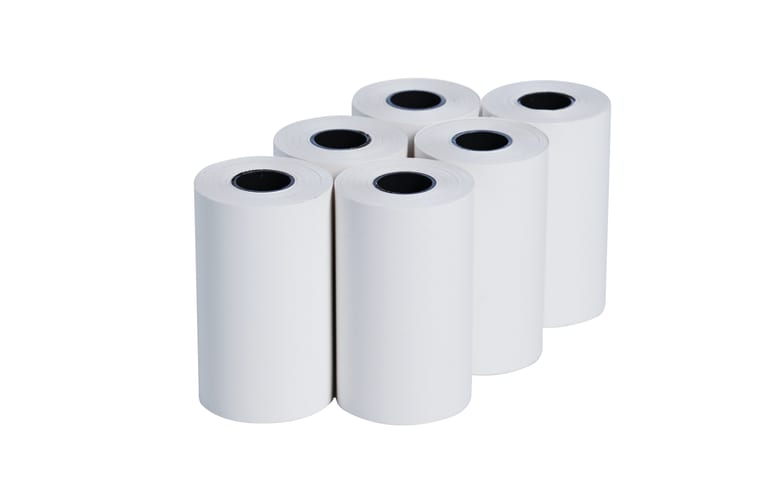The technical regulation for gas installations (in short: TRGI) is a binding and at the same time important regulation for skilled tradespeople. The TRGI governs how gas installations are to be planned, designed, serviced and maintained. This applies to all gas installations. This regulation is taken care of by the German Association for Gas and Water (DVGW). The TRGI 2008 is the current version. Amongst other things, this states that gas pipes are to be tested according to the construction phase (basic shell, completion and repairs). The following checks in particular play a role in the application stated here:
Load test
In this process, the material is tested for stability and the connections for service life; this takes place prior to plastering over or concealment of the gas pipes. During load testing, the newly installed pipe, without fittings or gas appliances, is subjected to 1 bar pressure. The testing medium is air or inert gas. There must be no pressure drop detected during the test, which lasts at least 10 minutes.
Leak test
This test is for checking the pipe for leaks, with fittings and without gas appliances. The measuring instrument must not register any drop in pressure during the minimum 10-minute testing period (depending on the system volume); the test pressure is 150 mbar (previously 110 mbar).
